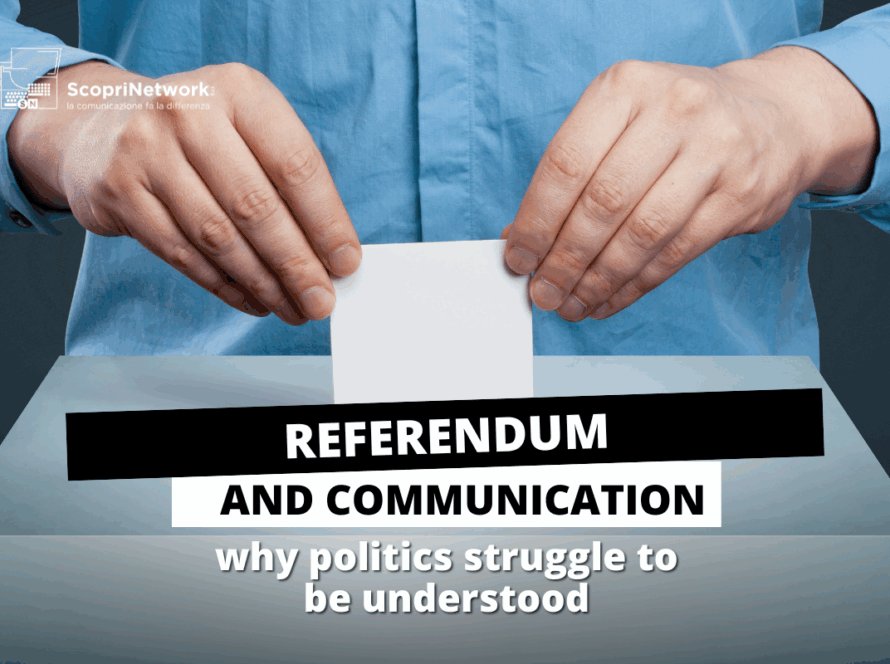From 28 June 2025, digital accessibility will no longer be just a good practice: it will become a true legal obligation for a wide range of digital products and services, both public and private. With the entry into force of the European Accessibility Act (EU Directive 2019/882), transposed in Italy with Legislative Decree No. 82/2022, the European Union is taking a decisive step towards a more inclusive, fair and accessible digital ecosystem.
This legislation is part of the EU’s Strategy for the Rights of Persons with Disabilities 2021–2030, aiming to remove barriers that hinder access to essential technologies, information and services. It’s not just about compliance, but about a cultural shift in how companies, institutions and professionals design and deliver digital experiences.
What is Web Accessibility and why is it important?
Web accessibility means making websites, apps, software and digital content usable by people with visual, hearing, motor or cognitive disabilities. It’s a concept that goes far beyond design: it involves structure, technology, communication and user experience. In practice, it means creating a digital environment where everyone can browse, shop, get information and communicate independently.
Yet today, over 90% of European websites have barriers that make them difficult to use for millions of people. The European Accessibility Act was created precisely to bridge this gap, turning accessibility from an option into a mandatory minimum requirement for entering and remaining in the European market.
Who is affected and what changes?
Unlike the previous Italian legislation, the so-called “Stanca Law,” which focused mainly on public administration, the EAA has a much broader scope. It applies to all economic operators, including manufacturers, distributors, importers and service providers, offering certain products or digital services within the EU market. This also includes companies based outside the EU, provided they operate within European territory.
The products covered include hardware with operating systems (such as computers, smartphones, tablets), electronic communication devices (routers, modems, phones), e-book readers, interactive self-service terminals like ATMs and ticket machines, smart TVs, consoles and other devices for accessing audiovisual content.
On the services side, it includes digital banking and financial services, e-commerce platforms, telecommunications services, online booking or ticketing systems, e-books and digital reading software, as well as streaming platforms and on-demand TV.
A partial exclusion is foreseen only for microenterprises, those with fewer than ten employees and an annual turnover below 2 million euros. They are exempt from the service-related obligations but not from those relating to products. In addition, an exemption can be requested if compliance would impose a disproportionate burden or require substantial modification of the product, but only with proper justification and documentation.
Technical Requirements and Standards to Meet
Compliance with the EAA means meeting a series of technical requirements inspired by the Web Content Accessibility Guidelines (WCAG) version 2.1 at level AA (and progressively 2.2). These guidelines are based on four fundamental principles of digital accessibility: information must be perceivable, interfaces must be operable even without a mouse or touchscreen, content must be understandable, and the entire system must be compatible with assistive technologies.
This translates, for example, into correct semantic structure of the website, adequate visual contrast, keyboard navigation, use of alternative text for images, and full compatibility with screen readers and other assistive technologies. But accessibility isn’t only about the user interface: it must be integrated into every stage of the product or service life cycle, from design to technical documentation, user instructions and interoperability.
What companies must do to comply
To avoid being caught unprepared, companies should immediately start a structured adaptation process. The first step is to map their products and services to identify those subject to the legislation. Next, it is essential to carry out a technical assessment of current accessibility, then define an adaptation plan to eliminate non-conformities.
Beyond technical interventions, companies will need to update mandatory documentation, draft the declaration of conformity, review contracts with suppliers and partners (including accessibility clauses), train staff, and establish internal governance processes for ongoing compliance monitoring.
Timeline, transition and enforcement
The EAA will officially come into force on 28 June 2025. From that moment, all new products and services must be compliant. Products already placed on the market before that date can continue to be sold until 28 June 2030, even if non-compliant. Existing digital services must also be brought into compliance by 2030, unless they undergo substantial changes that trigger an immediate obligation to comply.
At the national level, monitoring and any penalties will be handled by AGID (Agenzia per l’Italia Digitale). In case of violations, companies could face fines, be required to withdraw products from the market, or be subject to corrective measures. There is also a reporting mechanism for consumers, with reputational consequences as well.
Act now to avoid being unprepared
Acting today means avoiding legal risks, additional costs and loss of credibility tomorrow. Adapting strategically, with the support of expert professionals, not only ensures compliance but also improves user experience, SEO indexing, corporate reputation and the social impact of your brand.
ScopriNetwork supports companies and organizations on their journey to accessibility: from technical consulting to training, inclusive design to optimizing digital performance. Contact us now to make your content accessible, compliant and ready for the future.





